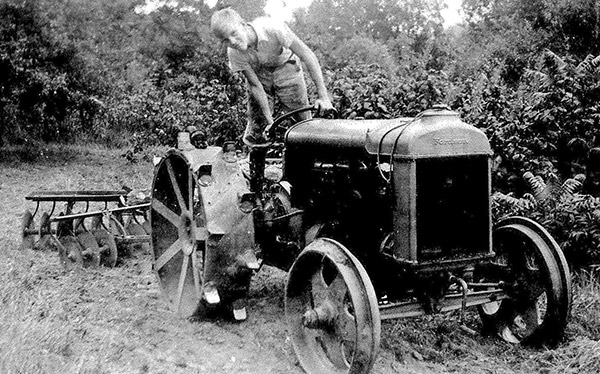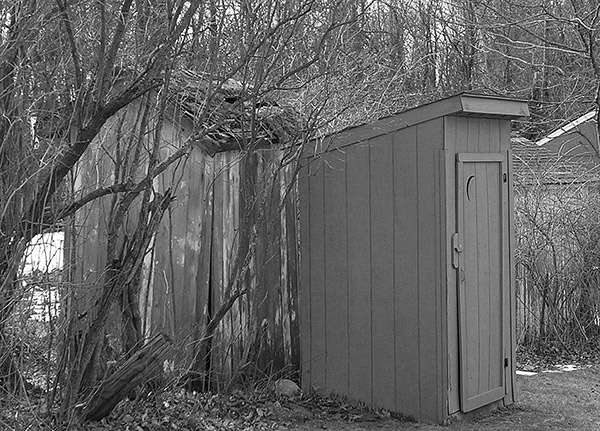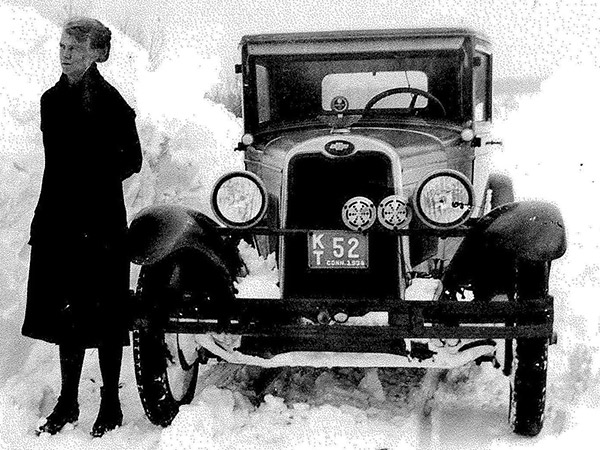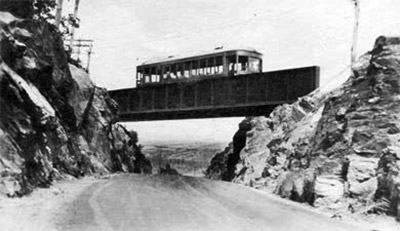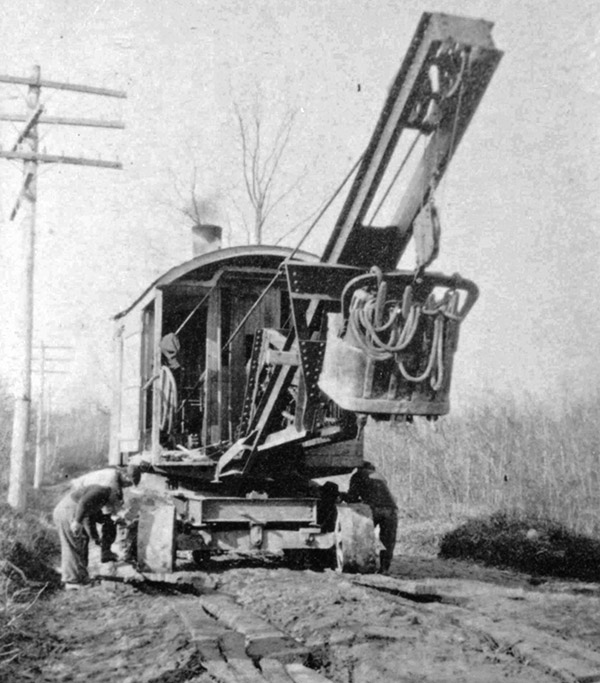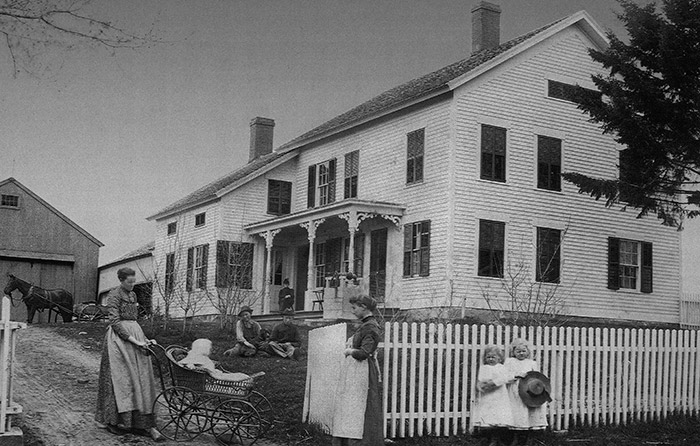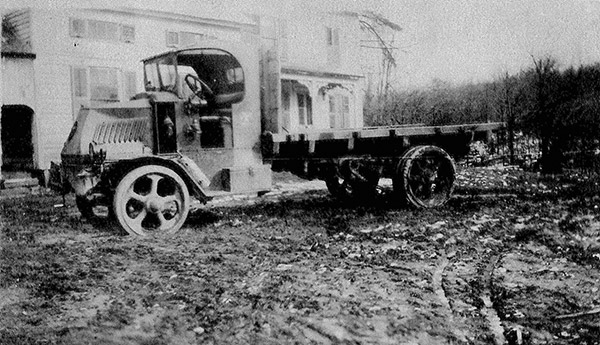|
|
||||||||||||
 |
 |
|
Wolcott Historical Society History for February 2014 By Florence Goodman Several weeks ago, Walter Atwood asked me to visit his family's farm at 1089 Woodtick Road and pick up some materials that they wanted to donate to the Wolcott Historical Society. His father, Clarence, had grown up on their family farm and had acquired a wealth of Wolcott history while living there. The house was originally built by Miles S. Upson between 1843 -1845 and included a fifty-acre tract of land. Upson was an ancestor of the Atwood family and a prosperous farmer.
In 1924, Clarence's father, Lyman Atwood, purchased the house and property. He had a full time job in Waterbury with Gulf Oil Company, but he raised animals and crops on the farm for everyday family needs. Living on this farm, as well as working on it, Clarence remembers the family raising cows, pigs, ducks and chickens and around 1955, the family began growing and selling Christmas trees on the property. Christmas trees are still grown on the property today.
In the late 1970s, Clarence and his wife Gloria moved into the farmhouse and continued to maintain the property, which was owned by the family. Clarence was always willing to share stories about life on the farm. His love of the farm and of our town's history was evident each story he shared. So many times, since his passing in June of 2012, as I begin to research a story, I wish Clarence were here to talk me through some of the details.
As I perused the materials from Walter, which included a few new photos, I came upon several hand-written stories written by Clarence about life in our town in 1930. I will share several of them with you this month and in my next few articles. This month's stories deal with houses and roads in Wolcott in 1930. I have left these stories in Clarence's exact words; he was an excellent writer and I know you will enjoy them as much as I did.
"Few new houses were being built at this time; most people lived in the house on their family farm. Nearby was usually a chicken coup for fresh eggs, a pigpen where a couple of young pigs were growing up and a barn where the family cow and perhaps a calf resided. Also in the barn were cats, usually two or three generations, who earned their keep by keeping the mice, rabbits and snakes under control.
Since few homes had electric power, water came from a hand pump outside or in a few instances a pump in the kitchen. Some homes had a well sweep with a bucket on a long pole, which was let down into the water and raised by hand.
Toilets, in most cases, were a small-unheated structure out back of the house, variously know as the Privy, Outhouse, Dooley and other names.
Houses were not insulated and drafty. A kitchen stove, wood or kerosene, and a parlor stove in the living room provided heat. Bedrooms were unheated and on cold nights, soapstones were heated in the oven, wrapped in towels and slid down the icy sheets to keep ones feet warm until you fell asleep.
The kitchen was the life center of the home. Often a pot of soup was a fixture on the back of the stove along with a teakettle, which provided hot water as needed. Clothes were washed in a wash boiler heated on the stove and passed thru a hand-powered wringer and hung outside on a clothesline to dry. In winter they freeze dried. Clothes were ironed using a heavy flatiron, heated on top of the stove. Since the stove was always hot, socks and shoes dried beneath it and the house cat usually slept there. In summer it was usually pretty warm in the kitchen and meals were sometimes served in the breezeway, which connected the kitchen to the woodshed. A usual chore for small boys was to keep the woodbox beside the stove, filled with various sizes of wood from kindling to start the fire, to chunks, which kept the fire thru the night. Part of a young girls training was to learn how to regulate the drafts to keep the stove burning at the right temperature. Another chore was to keep the water bucket full on a shelf beside the sink. A dipper hung nearby to get water out of the pail to fill the teakettle or fill a glass for drinking.
Most houses had a parlor, which was usually unused. The furniture sometimes covered with sheets was to look at, not use. Family pictures hung on the walls. This was the place reserved for funerals and occasionally weddings. It usually smelled musty.
There were two improved roads- Wolcott Road from the town line- about where Family Ford is [was] now- along out to Beach Road, where you turned either left up Beach Road or right, up Center Street, where the pavement ended at the Wolcott Green. Not until 1935 (construction started in 1934) was route 69 constructed, which finally connected Waterbury to Bristol.
During the construction of Rt. 69, a new type of machine, called a bulldozer, was demonstrated along a sandy stretch about where Lanosa Realty is [was] located. [That building is across from Wolcott Power Equipment.] Most construction equipment used in building Rt. 69 was steam powered. Steam shovels and steamrollers and chain-drive mach trucks were used to carry the loads.
The other hard topped road was Meriden Road, which is still in the same location and virtually unchanged. Missing all the trolley tracks of the "Green Line" which crossed the road at the top of Southington Mountain on a steel trestle. The "old" Southington Mountain road wandered around a little more to make the grades less steep and about this time, the "new" mountain road was constructed in a more nearly straight line. Legend has it, that soon after the cement was completed, a local youth on roller skates started down the grade jumping the dividers between the slabs. The story goes that by the time he neared the bottom, he was going so fast that he was jumping constantly. Trucks of that time were vastly less powerful and it was common practice for drivers to shift to the lowest gear at the bottom, set the hand throttle for maximum power, and get out and walk beside the truck reaching through the window to do what steering was necessary. This was to avoid the heat in the cab.
About this time, during a strike against the Chase Brass Company, a truck loaded with several tons of brass, was sabotaged and when it started down the mountain, its brakes failed. The driver stayed with the truck and tried to guide it down, but the speed increased and it was unable to negotiate the turn near the bottom. The truck went off the left side of the road and through a house. The driver was killed and the house was demolished.
Other roads throughout the town were dirt or gravel. The town owned a grader, which was pulled by a team of horses. The teams were rented from local farmers by the day. Following the grader were several men, equipped with potato hooks, which tossed away any upturned stones up on the side of the road. Large stones were dealt with by sledgehammers and crowbars. Large holes were filled by horse-drawn wagons- gravel was bought as nearby as possible, loaded by hand shovels into the "drop bottom" wagons and hauled to the site- dumped and leveled by hand shovels and rakes.
Roads were graded after the mud dried up in the spring and again, as late as possible before winter. Cars of the day had high clearance underneath- usually ten or twelve inches. Drivers coming to a muddy stretch tried to guess which ruts were the most shallow and tried to zoom thru. If you guessed wrong and didn't make it, you jacked up a wheel at a time and picked up rocks off the side of the road and threw them back into the ruts. Cars meeting on the narrow roads could sometimes pass, but usually one had to turn out of the road and let the other pass. Common courtesy after passing was to make sure the other driver got back on the road and was all right.
Snow was another matter. If you couldn't make it with tire chains on, you could shovel, or wait for a thaw. Not until 1936 did the town have a snowplow, which was mounted on a caterpillar crawler tractor.
To prevent rainwater from washing away hilly roads, logs were placed across the road and left to protrude several inches above the surface. Water running down the hill was shunted aside into the woods or fields. These bumps were known as "thank you ma'ams" and gave back seat riders quite a thrill when going downhill."
Living in any rural town was quite a challenge in the 1930s, but sometimes we forget how far we have come. I hope this gives you a better perspective of life in rural Wolcott in 1930. A special "thank you" to Walter Atwood for sharing his father's materials with us.
(Information for this article was taken from interviews with Clarence Atwood in 2010 and hand written stories of "Wolcott in 1930" by Clarence Atwood.)
Clarence Atwood riding the family tractor, circa 1937.
"Toilets... known as Privy, Outhouse, Dooley..."
1928 Chevy owned by Lyman Atwood.
Green Line on the trestle that used to cross Meriden Road at the top of the mountain.
Steam shovel used for construction.
Upson-Atwood house, circa 1900.
Old truck used for hauling materials.
To view past installments of the Wolcott Historical Society News, click here.
|
|
|
[Home]
[News]
[Purpose]
[Calendar]
[Museum]
[Membership]
[History]
[Contacts]
[Links]
All material at Wolcott Historical Society Web sites Copyright © 2000-2014 Wolcott Historical Society |
